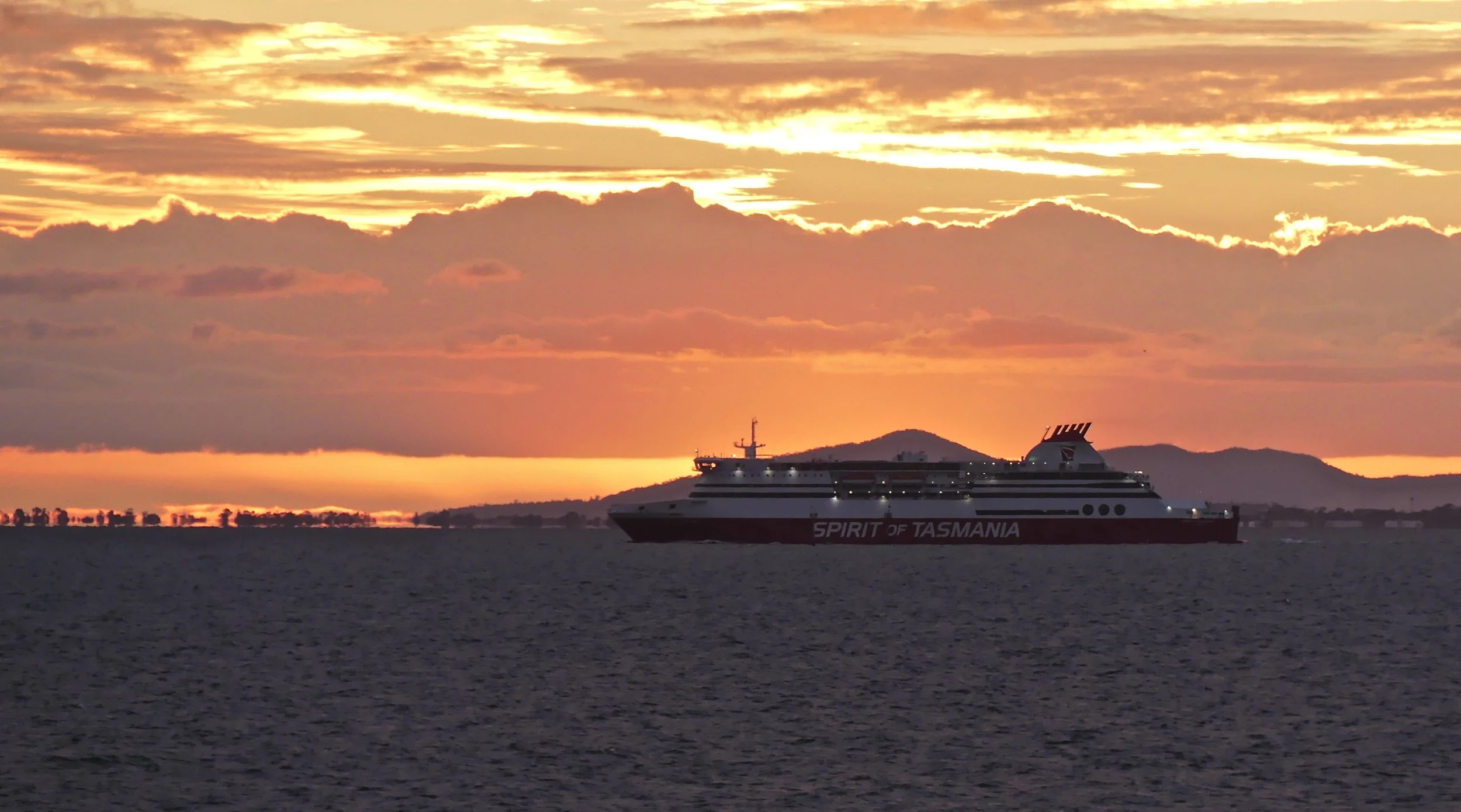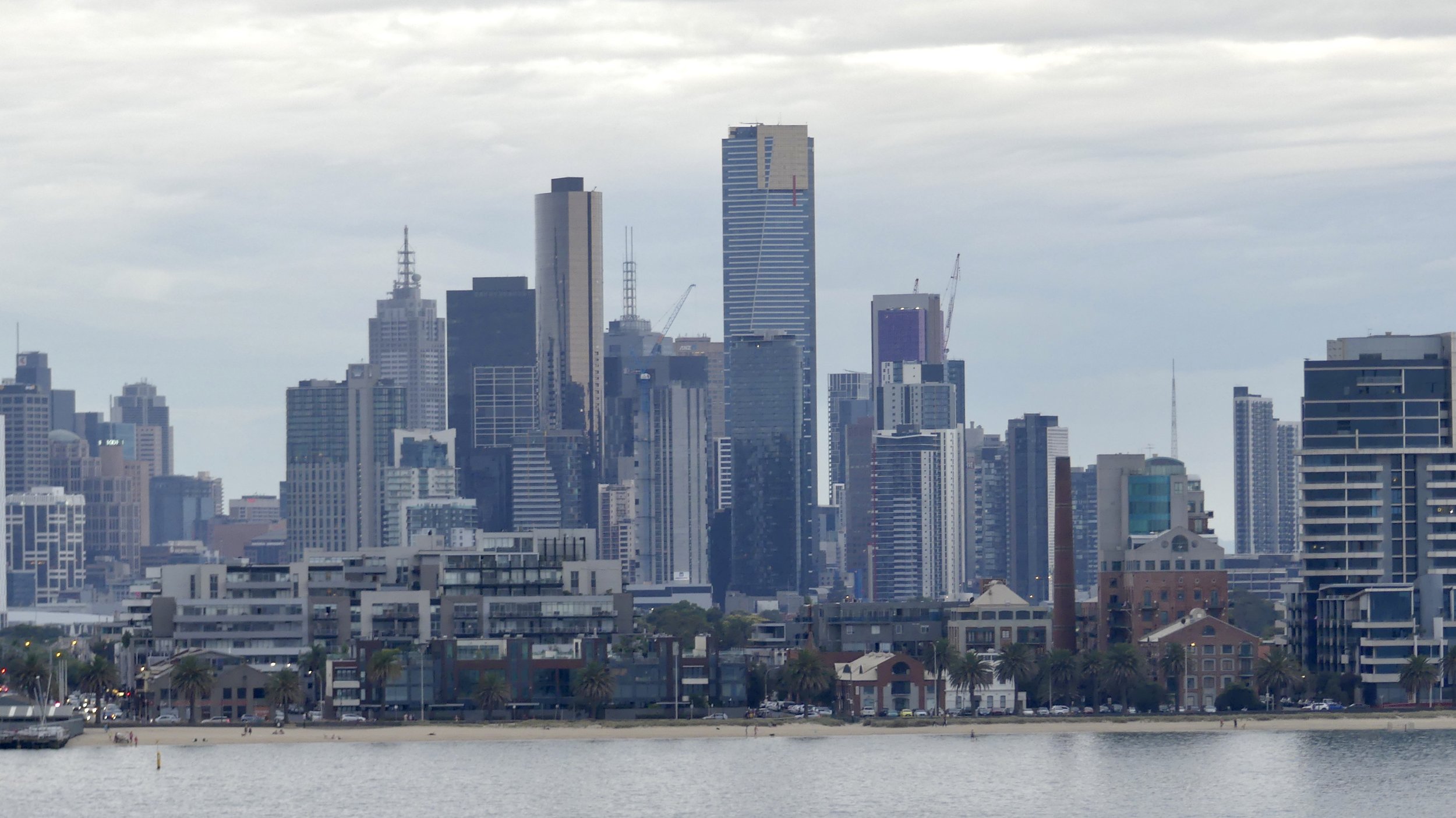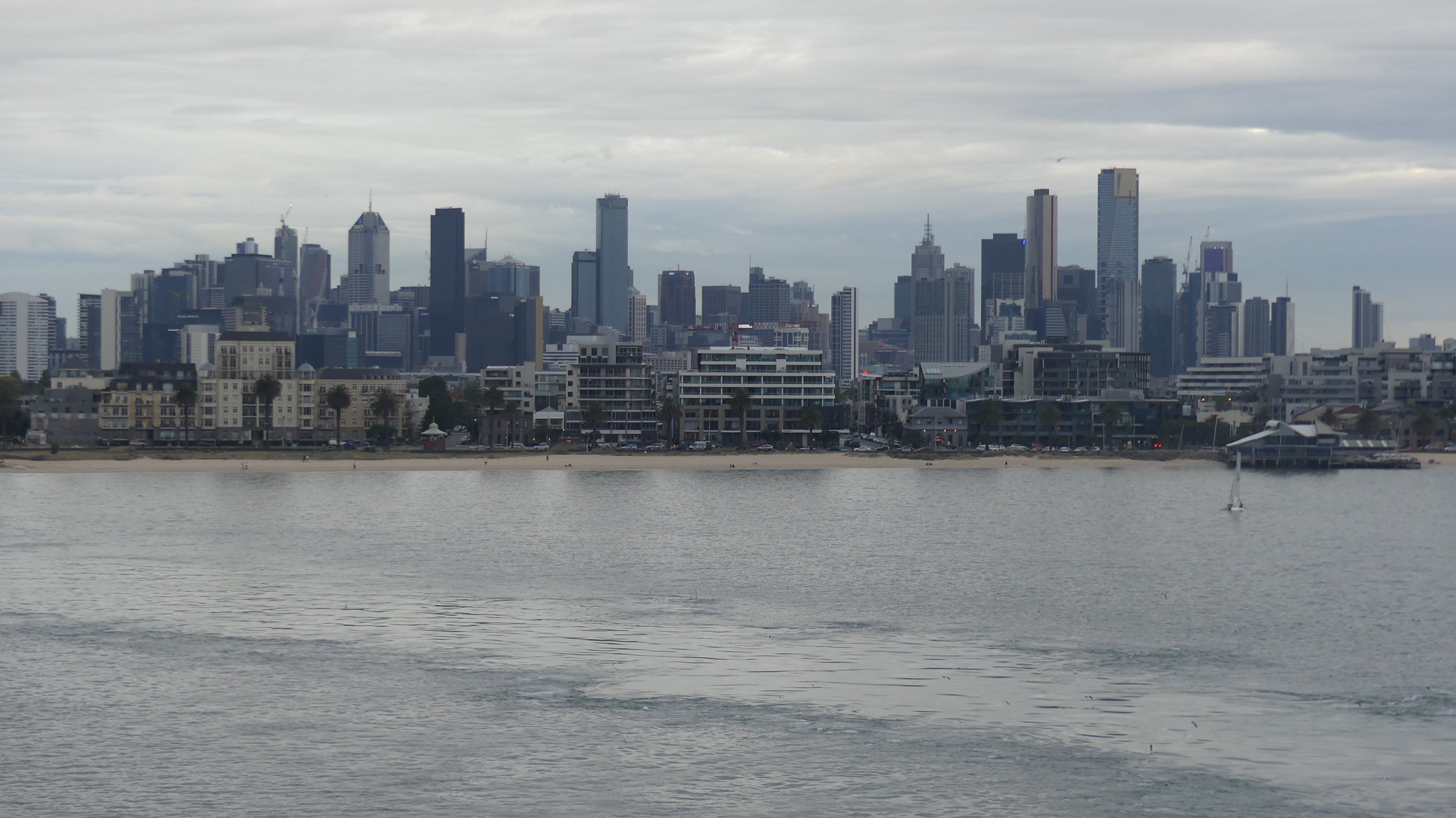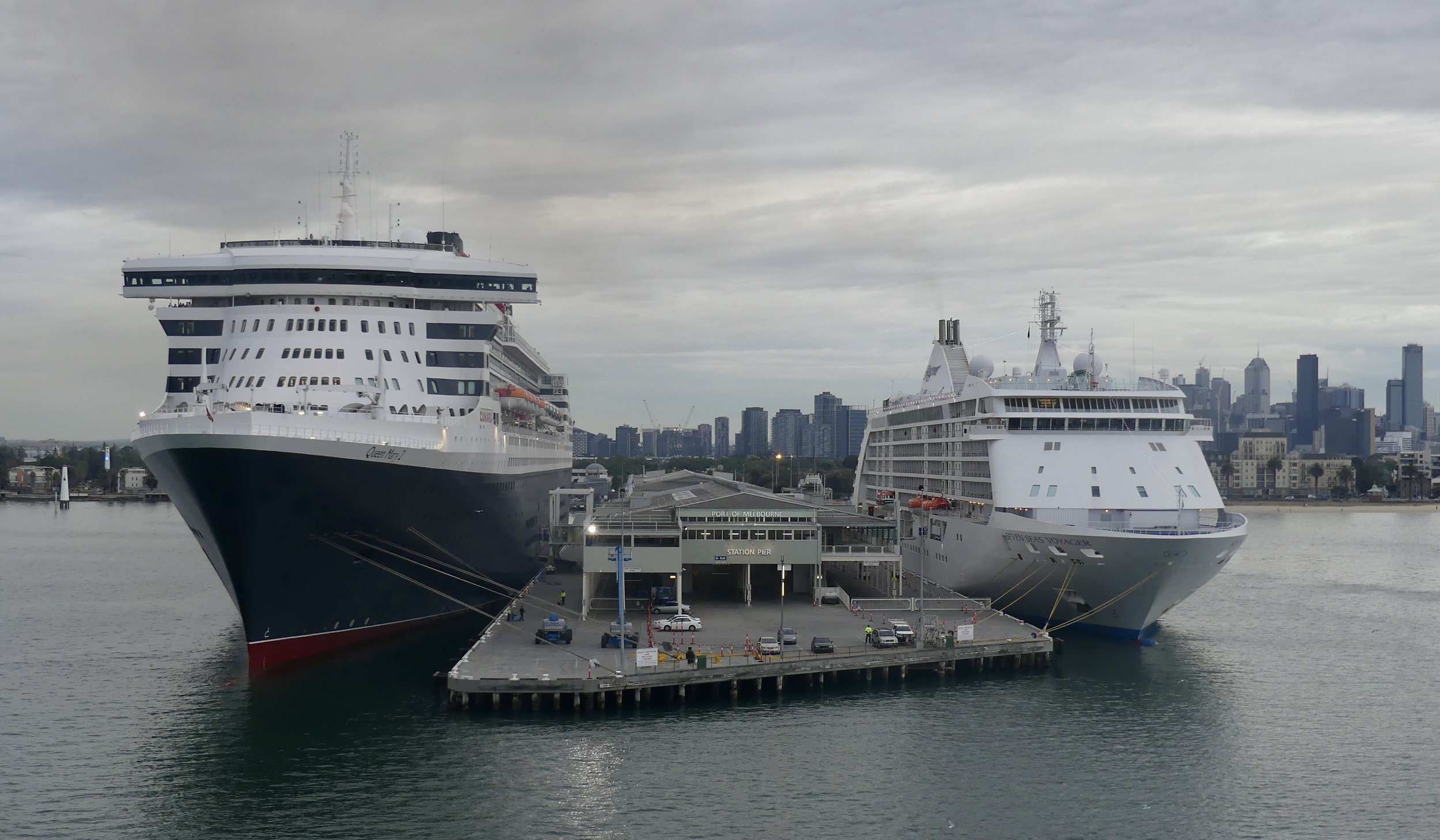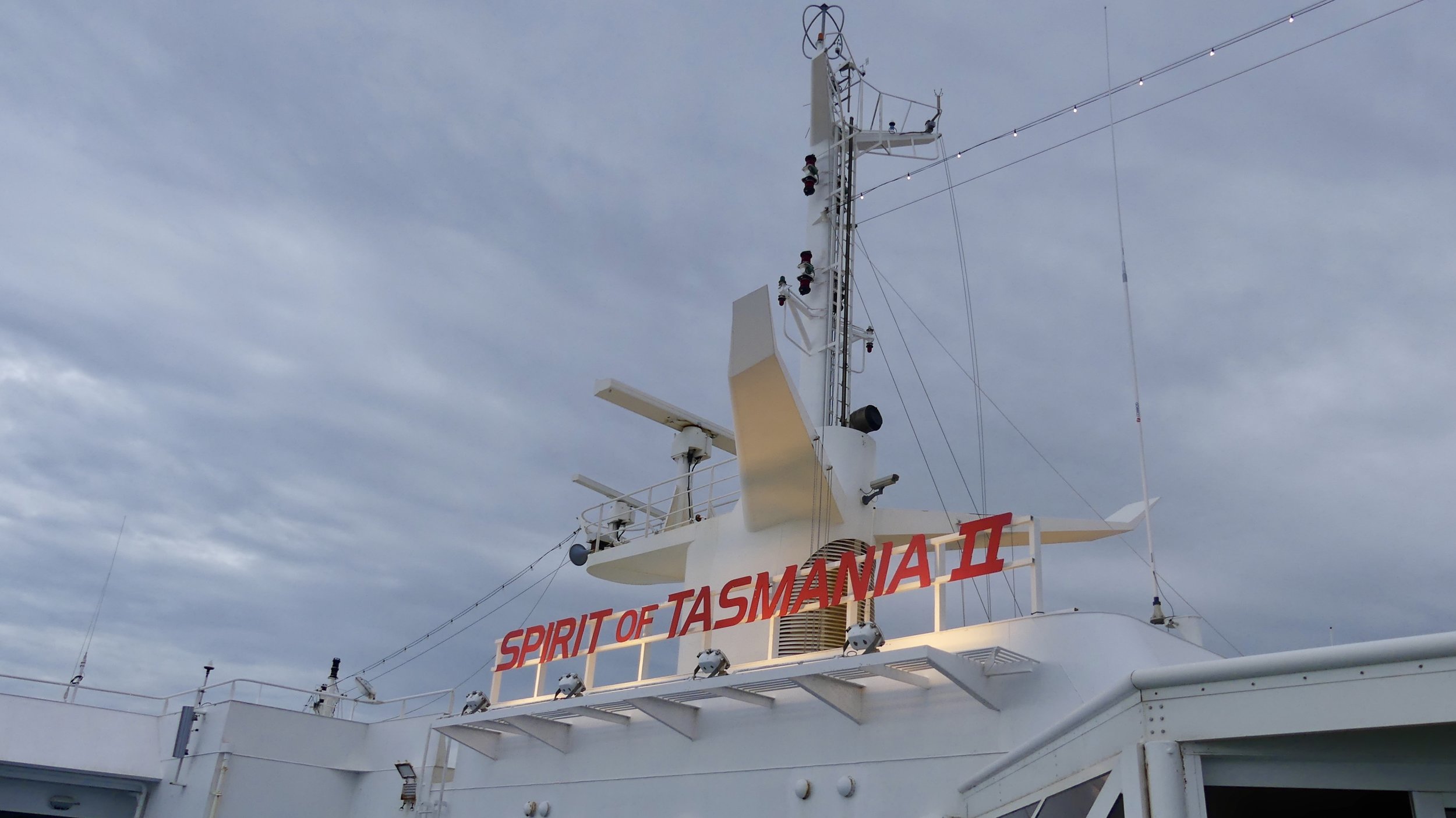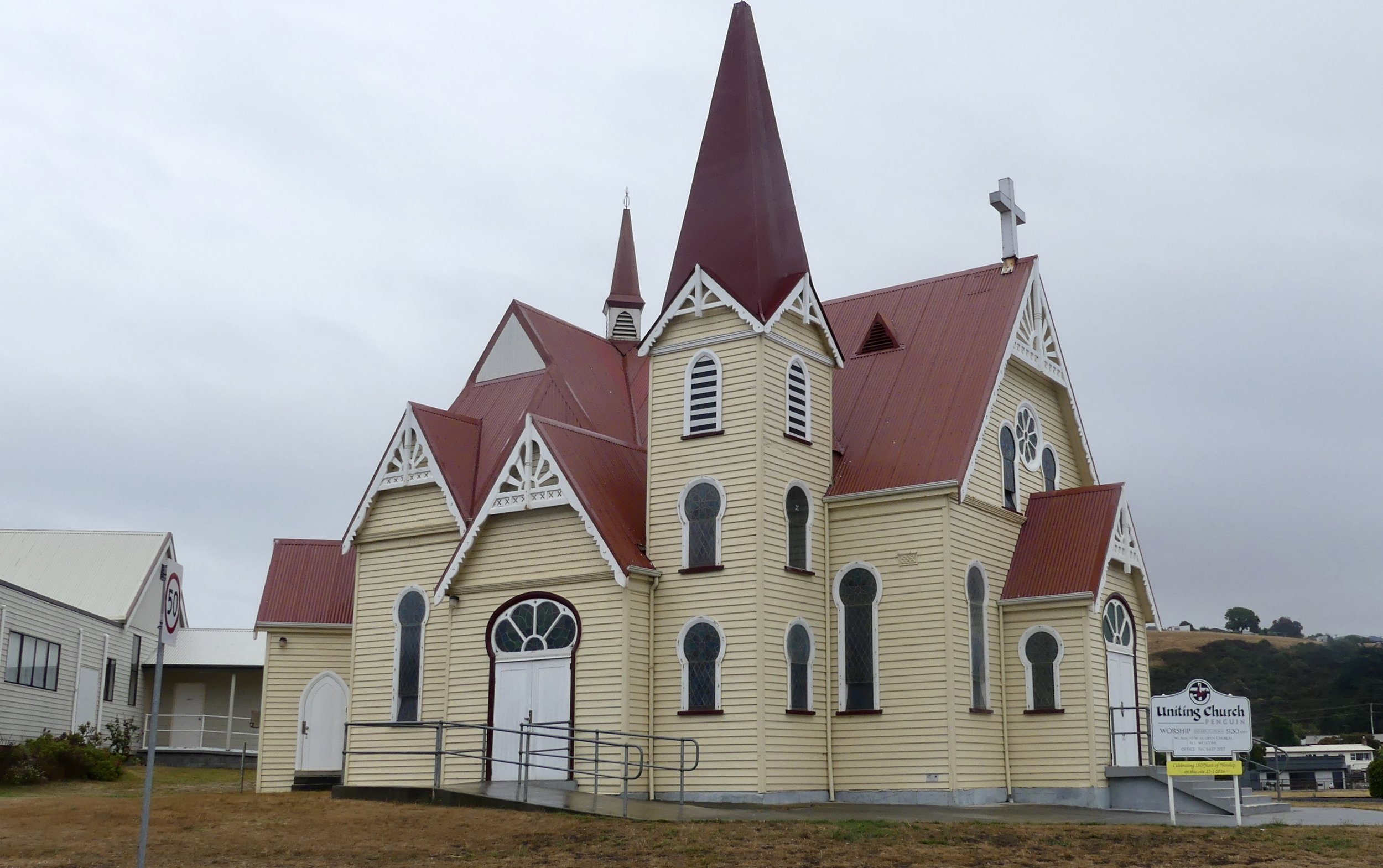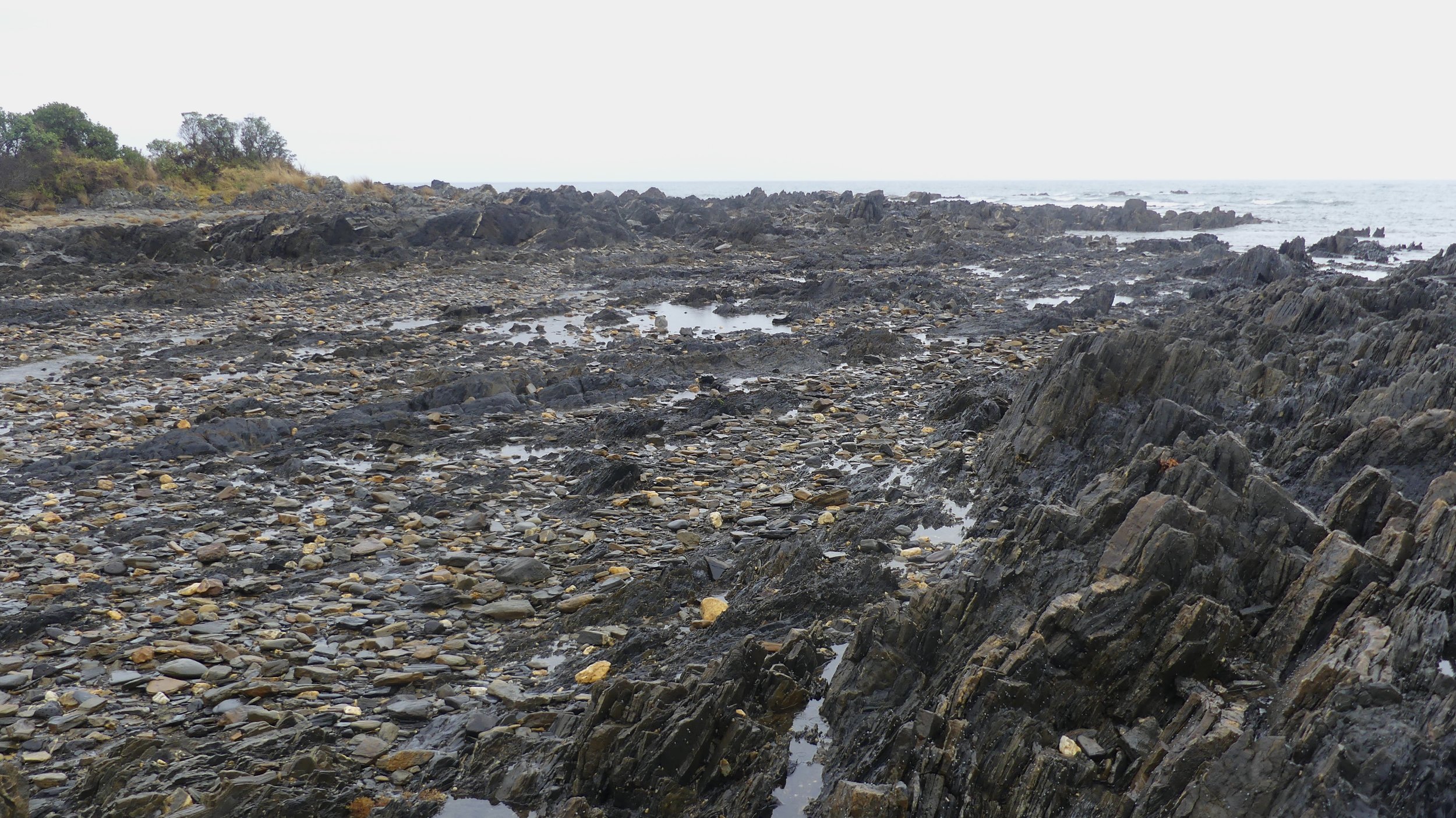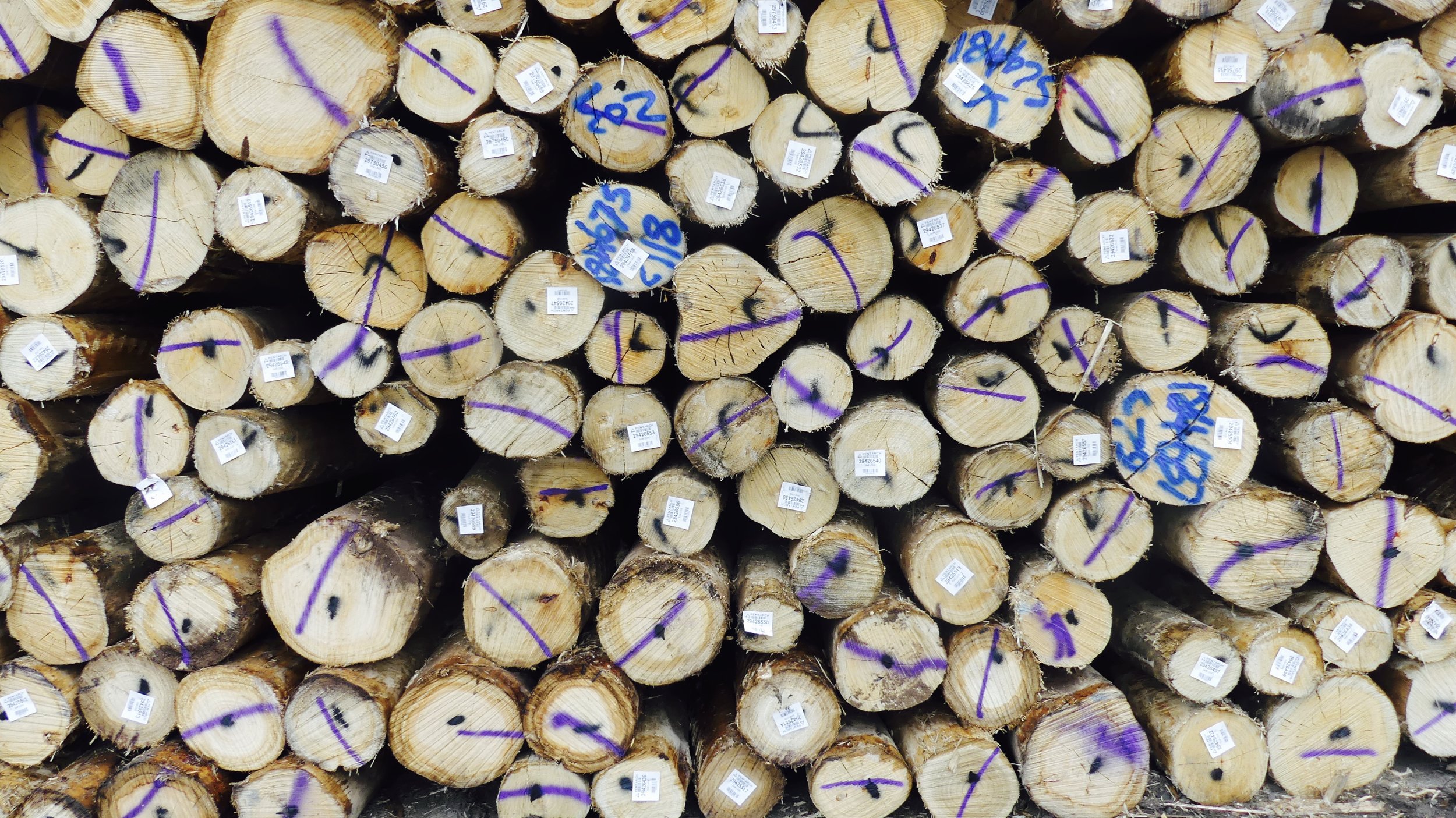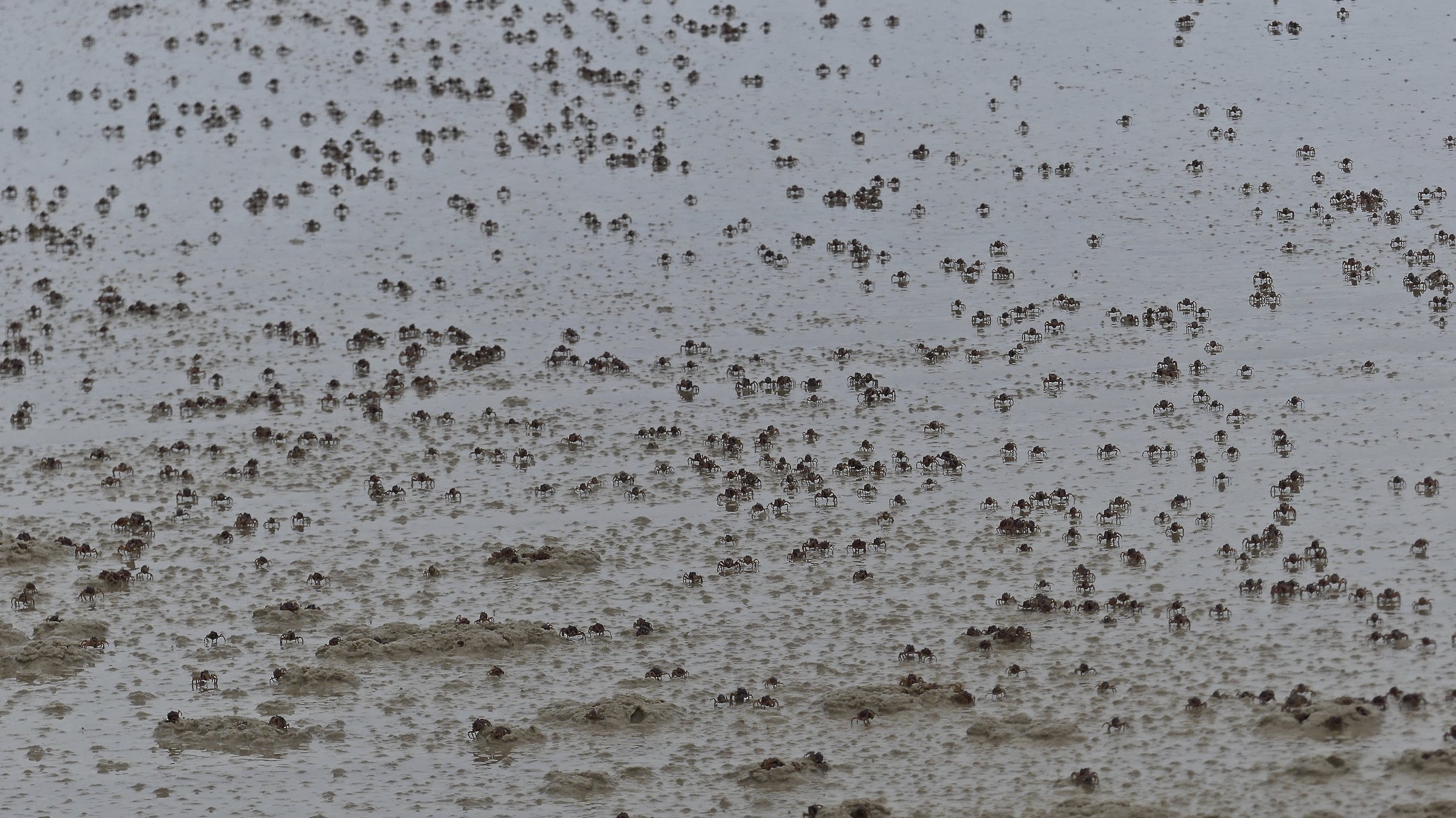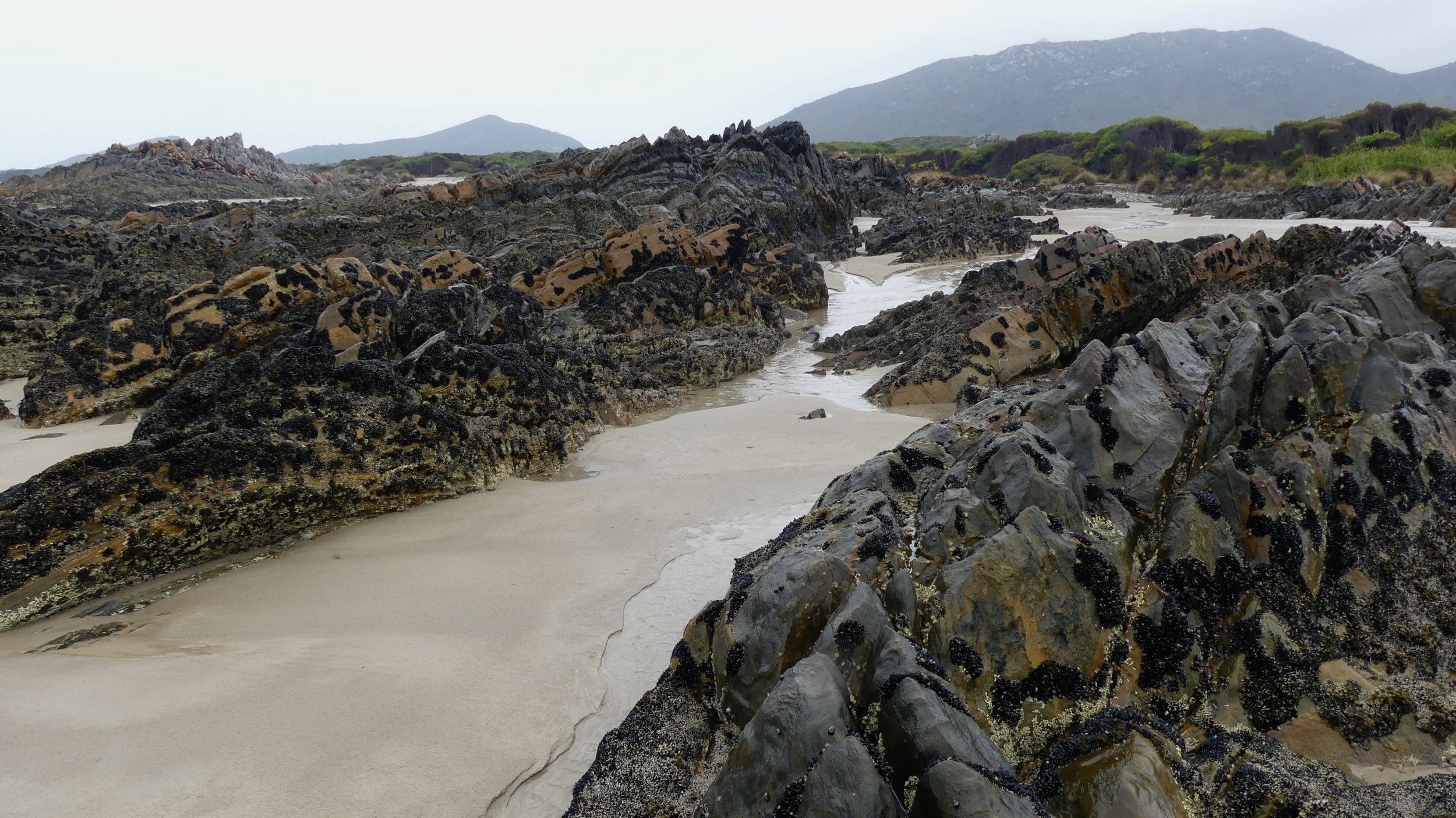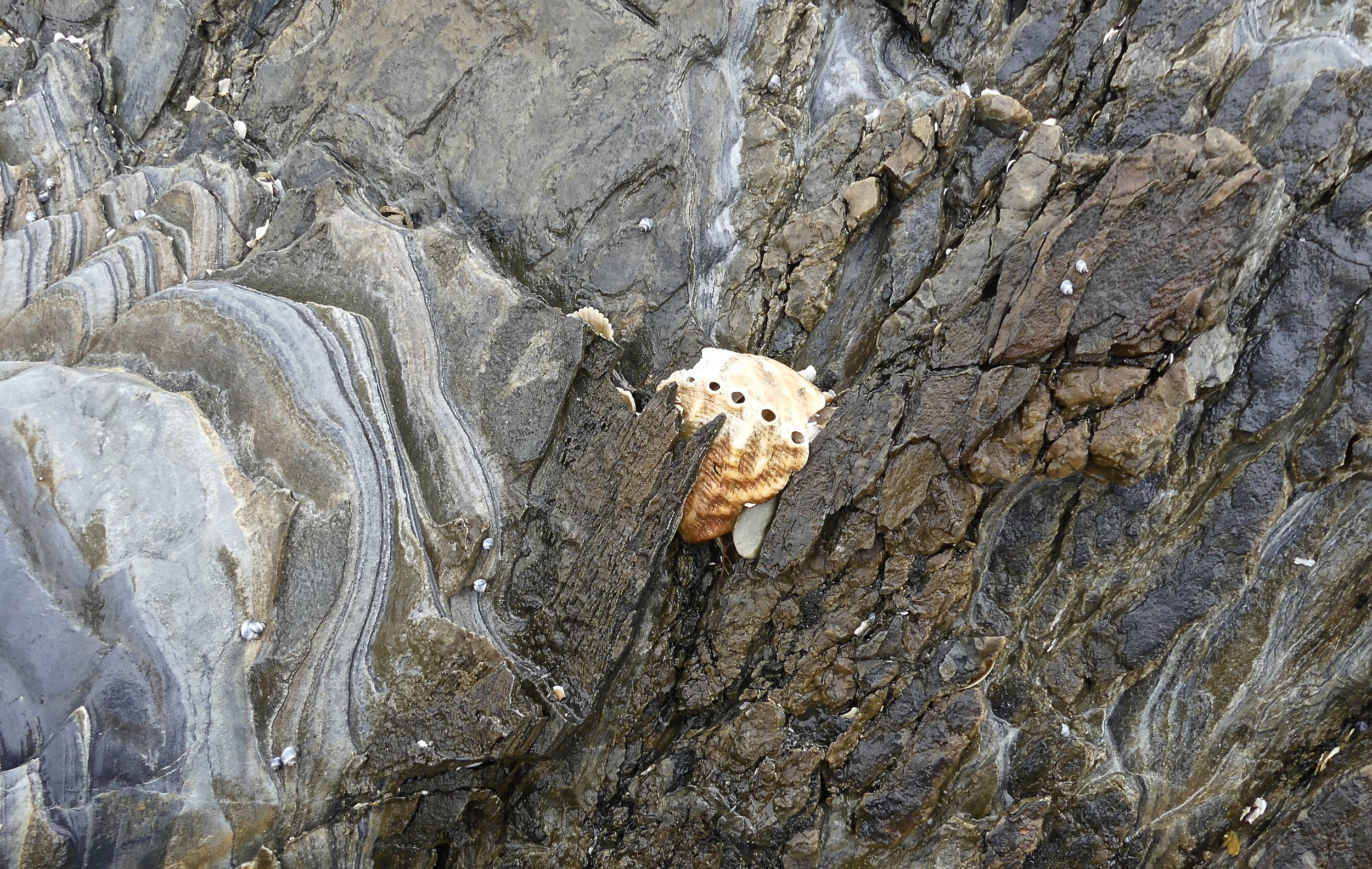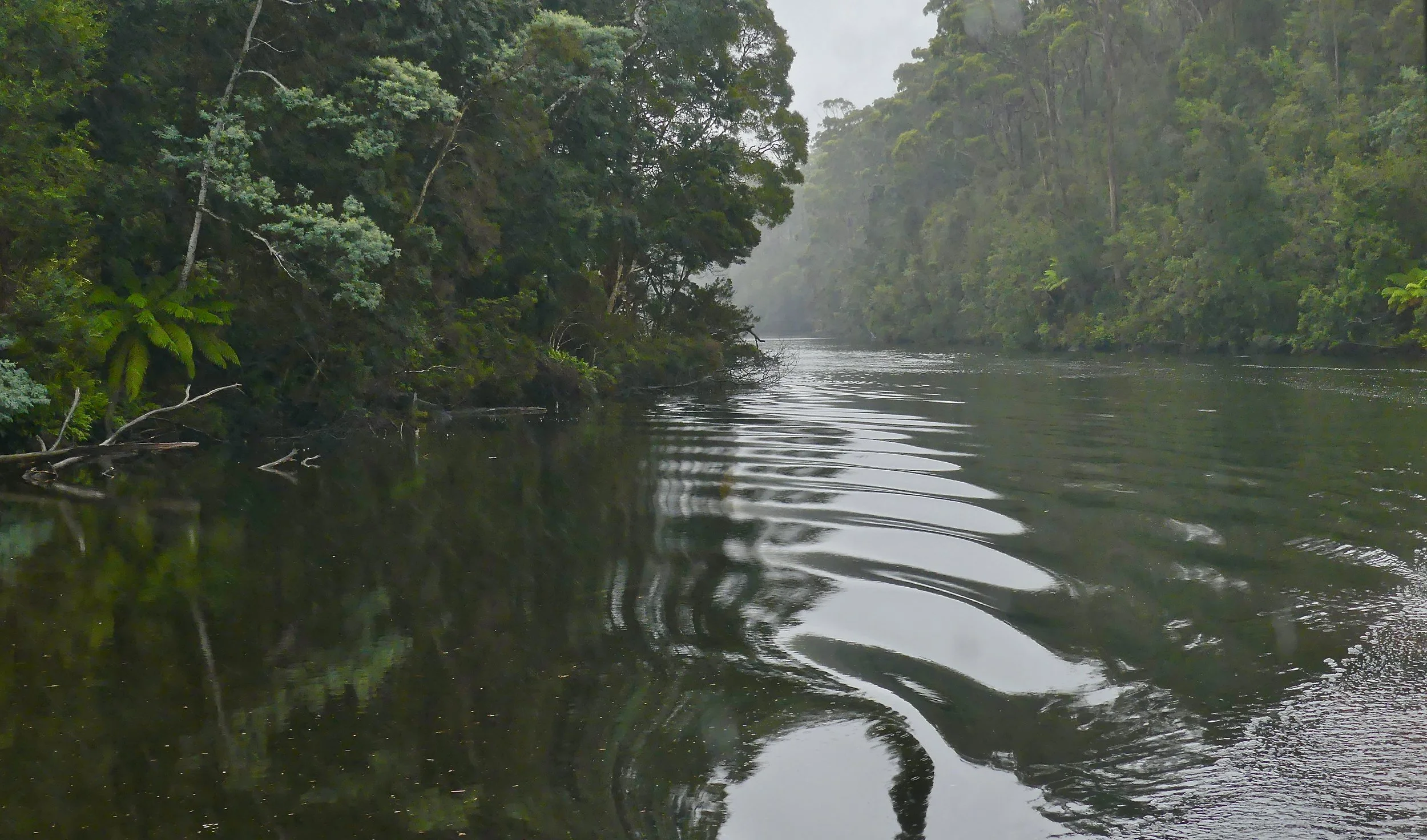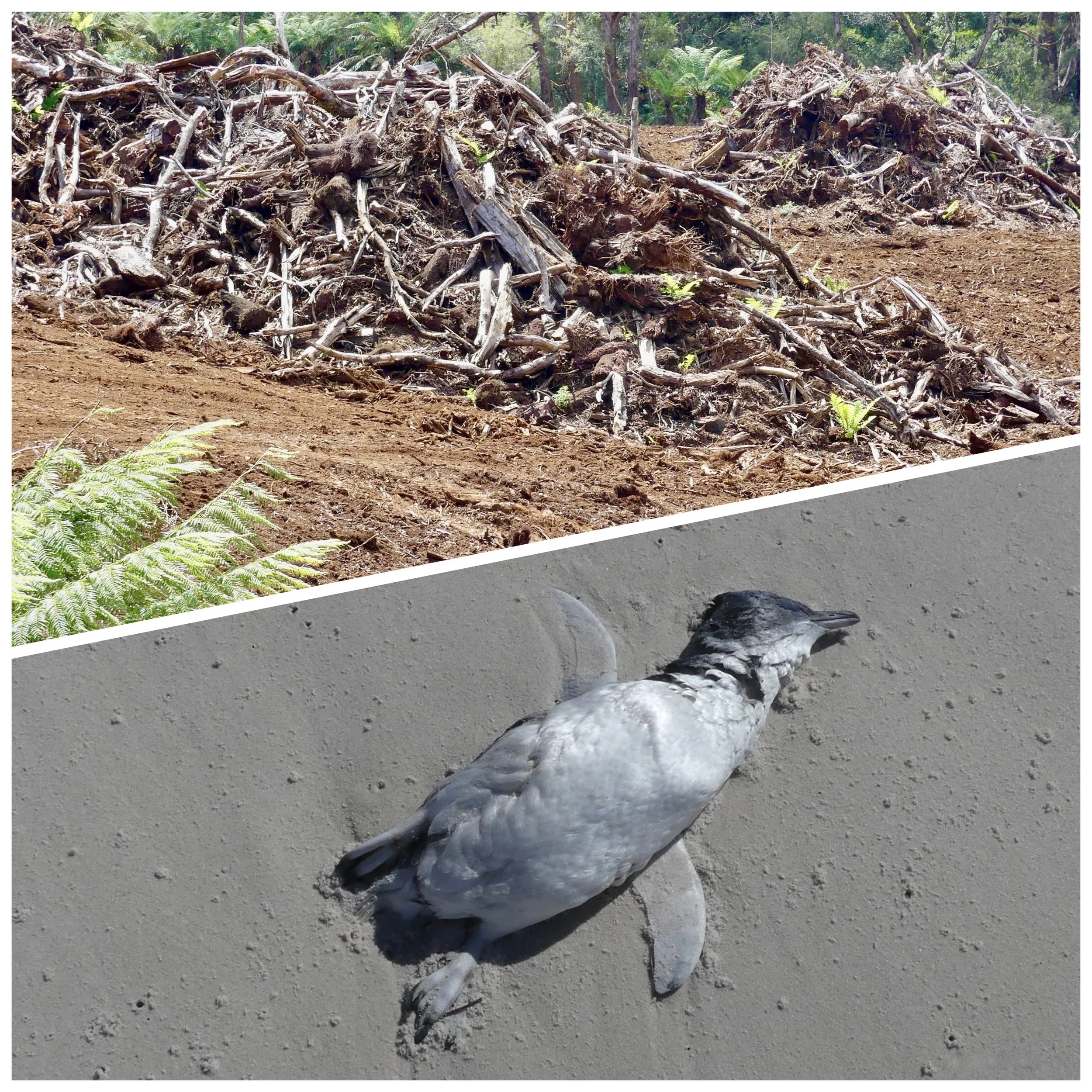Back to Tassie
A Spirit of Tasmania ferry sails past our house four times a day, in and out of the Port of Melbourne a few kilometres up the road. Such proximity didn't prevent us from nearly missing the boat, however, and being one of the last vehicles to be loaded: crossed wires about a pick-up and a biosecurity incident involving a banana were responsible. Took me back to Far North Queensland circa 1995, the banana did. A soothing glass of Sav Blanc in the bar was necessary before watching Melbourne grow smaller in the gloom from on deck.
Big boats, brown clouds of pollution
I live over there
Once we moved to Melbourne last November, the realisation that from now on we would be able to sail to Tasmania with the car rather than fly was too exciting a prospect to put off for long. My friend's birthday in late February was a good excuse to base ourselves on a remote beach midway between Wynyard and Stanley. We sailed to Devonport overnight Thursday and back overnight Monday, which gave us four full days.
Everything on board ran efficiently: loading and unloading was on schedule and well organised; our cabin was cosy enough; we had a window; but the beds were narrow, and the pillows insubstantial. There used to be a restaurant as well as a cafeteria, but now everyone has to eat in a self-service 'eatery' (hate that word) called the Tasmanian Market Kitchen. We didn't have to queue for long and the food was OK.
I would have loved to have watched as we negotiated The Heads, the narrow exit from Port Phillip into the Bass Strait. Astonishingly, it takes three and half hours to get there from the Port of Melbourne. We'd departed at 19:30 and were well tucked up in our bunks by 23:00. We probably wouldn't have seen much in the dark.
The crossing was calm, but all ships creak in the night. We were disembarked before 7 am and on our way west along the Bass Highway. At Ulverstone we turned off along the coast road, via Penguin Point and Three Sisters Nature Reserve, which has 500-million-year-old (Cambrian) islands and 'decaying basalts'. The weather was increasingly grey, with spits and spots.
By the time we got to Penguin it was raining, and not particularly warm. We went for breakfast at Jo and Co Cafe that had just opened, its whole frontage in fact – bifold windows are big in Australia. You cannot be wussy in Tassie, so I pulled up my hoodie-hood beneath a leather jacket and thought warm. In any case, we were still in our first flush of love for the more changeable climes of southern Australia after hot-and-sticky Brisbane. You could order 'the full penguin' at Jo and Co's – a full English plus hash browns – but we opted for bacon and eggs on toast and coffee.
Opposite the cafe was the big fibro cement penguin, erected in 1975 to commemorate the town's centenary. There are other penguins dotted about, but none of the real thing. The town was given its name by botanist Ronald Gunn after the Little (Fairy) Penguins found around the Tassie and south Victorian coasts.
The Big Penguin supporting Relay for Life
Tasmania's geological history is described as chaotic, and between Penguin and Burnie were fine examples of contorted rocks at Sulphur Creek. The tilted strata had razor-sharp edges, stunning yellow lichen, other interesting plant life and a verbose Pied Oystercatcher.
Further on, at Doctors Rocks, there were basalt columns close to the road, but the weather was closing in and we weren't for lingering. The Burnie Little Penguin Observation Centre and Habitat had useful information.
You won't be surprised to learn that Little Penguins are the smallest of the world's penguins
In winter a few resident penguins feed – on small fish and squid – and rest here. Males renovate burrows to impress females in spring. There are nest boxes at the Centre, as well as cement igloos and rubble burrows in this rehabilitated landfill site. The picture above shows a hide from which you can observe penguins as they come ashore, soon after dark. In spring, penguins get together with an existing partner or find a new one. Courtship and mating are a noisy business. Two eggs are produced and the parents take turns to sit on them in the burrow or go fishing. Fluffy chicks hatch after about 35 days: they grow fast and are soon capable of a range of loud noises. As soon as they've grown their shiny blue and white feathers, at about eight weeks, they are ready to go into the water and learn to move fast to escape predators: as many as 67 per cent perish during their first year. Once parents are empty-nesters, they spend time feasting at sea, often doubling their weight in preparation for their annual moult, when they must stay warm and dry on land until their new feather coat develops.
Most Little Penguins live six or seven years if they're lucky. They are at risk from oil spills, plastic rubbish (especially bags and fishing line), cars, trains, dogs, cats, rats, foxes, new coastal residential developments, fishing nets, and fewer and fewer fish in the sea.
At one point along the Bass Highway we passed a vast commercial log store. We found a way back to it, and the entrance. I explained to the workers that I was a weirdo who gets off on photographing logs and asked if I could take a few pix. In the pouring rain.
We picked up provisions in Wynyard and were allowed into our cabin early to escape the rain. Our house was in a wild and beautiful setting two-minutes from a beach just west of Rocky Cape National Park, off Rocky Cape Road. By mid-afternoon we went down to the beach anyway: it was lovely in the rain.
Hooded Plover and two crabs
How many crabs?
Rockpool: happy crab, raindrop and shell
Pacific Gull, Hooded Plover and two crabs
Abalone caught in a cleft
We returned to our cabin to dry out, read books, cook pasta, drink wine and watch for wallabies. No noise but for distant waves, so the soundest sleep in a while.

